Home>Gardening & Outdoor>Plant Care & Gardening Tips>How Long For Wildflower Seeds To Grow
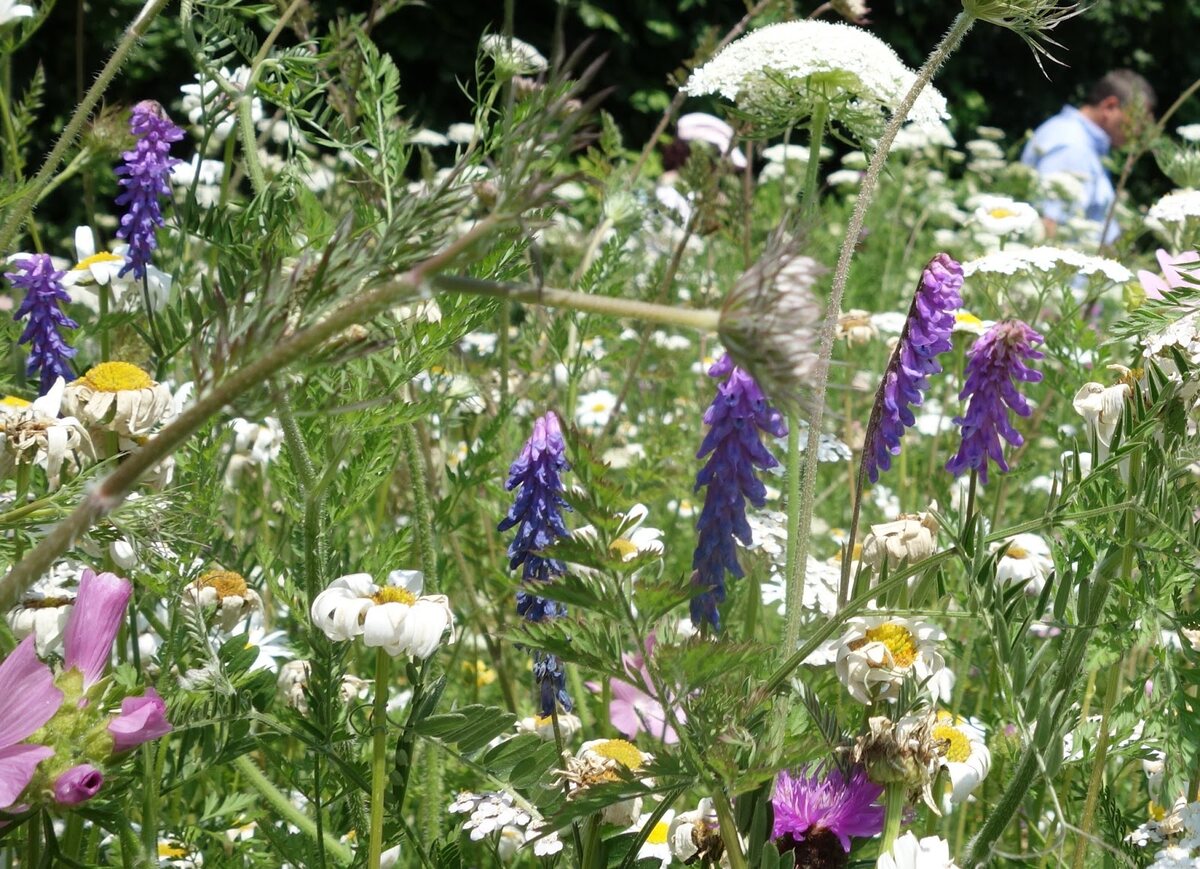

Plant Care & Gardening Tips
How Long For Wildflower Seeds To Grow
Modified: March 24, 2024
Discover expert plant care and gardening tips for growing wildflower seeds. Learn how long it takes for wildflower seeds to sprout and bloom in your garden. Gain valuable insights and advice for successful wildflower gardening.
(Many of the links in this article redirect to a specific reviewed product. Your purchase of these products through affiliate links helps to generate commission for Storables.com, at no extra cost. Learn more)
**
Introduction
**
Wildflowers add a splash of natural beauty to any outdoor space, from gardens to meadows. Growing wildflowers from seeds can be a rewarding and environmentally friendly way to enhance your surroundings. However, the process of wildflower seed growth is influenced by various factors, and understanding the timeline for their growth can help you plan and care for your wildflower garden effectively. In this article, we will delve into the fascinating world of wildflower seed growth, exploring the factors that impact their development and the ideal conditions for germination. By the end, you will have a clearer understanding of how long it takes for wildflower seeds to grow and bloom, allowing you to nurture a vibrant and flourishing wildflower garden.
**
Key Takeaways:
- Wildflower seeds need well-draining soil, proper watering, and sunlight to grow. Understanding their growth timeline helps create a vibrant and flourishing wildflower garden.
- Patience, care, and understanding of soil quality and temperature are essential for nurturing wildflower seeds into blooming plants. Enjoy the journey of growth and nature’s beauty.
Factors Affecting Wildflower Seed Growth
**
Several key factors influence the growth of wildflower seeds, ultimately impacting the success of germination and subsequent development. Understanding these factors is crucial for creating an optimal environment for wildflower seed growth. Let’s explore the primary elements that play a significant role in the growth of wildflower seeds:
Soil Quality: The quality of the soil is integral to the germination and growth of wildflower seeds. Well-draining soil that is rich in organic matter provides an ideal foundation for seeds to establish roots and thrive. Additionally, the pH level of the soil can affect the availability of essential nutrients to the seeds, influencing their overall growth.
Watering and Moisture: Adequate moisture is essential for wildflower seed germination. However, excessive water can lead to rot and hinder the growth process. Finding the right balance in watering is crucial to support the development of wildflower seeds.
Sunlight Exposure: Wildflower seeds require varying levels of sunlight for germination and growth. While some species thrive in full sun, others prefer partial shade. Understanding the sunlight requirements of the specific wildflower seeds you are growing is vital for their successful development.
Temperature: The temperature of the environment plays a significant role in wildflower seed growth. Different wildflower species have specific temperature requirements for germination. For example, some seeds may require a period of cold stratification to break dormancy and initiate growth.
Seed Viability: The viability of wildflower seeds, which refers to their ability to germinate, can be influenced by factors such as age, storage conditions, and genetic traits. Fresh, high-quality seeds are more likely to germinate successfully and produce healthy plants.
Competition and Weeds: The presence of competing plants and weeds can affect the growth of wildflower seeds. Managing weed growth and minimizing competition can create a more favorable environment for wildflower seedlings to thrive.
Understanding and addressing these factors can significantly impact the success of wildflower seed growth. By carefully considering these elements, you can create an environment that supports the optimal development of wildflower seeds, leading to a vibrant and flourishing wildflower garden.
**
Ideal Conditions for Wildflower Seed Germination
**
Creating the ideal conditions for wildflower seed germination is essential for initiating the growth process and nurturing healthy seedlings. By understanding and providing the optimal environment, you can maximize the chances of successful germination and establish a robust foundation for your wildflower garden. Here are the key elements that contribute to the ideal conditions for wildflower seed germination:
Well-Prepared Soil: Before sowing wildflower seeds, preparing the soil is crucial. Loosen the soil to a depth that allows the seeds to establish strong root systems. Removing debris and weeds from the planting area creates a clean and nurturing environment for seed germination.
Proper Watering: Consistent, gentle watering is essential for keeping the soil moist without causing waterlogging. Using a fine mist or a gentle shower setting on a watering can can help prevent the displacement of seeds and provide the moisture needed for germination.
Optimal Temperature: Different wildflower species have specific temperature requirements for germination. Research the temperature preferences of the seeds you are planting and provide the appropriate environmental conditions to support their growth. Some seeds may benefit from exposure to fluctuating day and night temperatures to break dormancy.
Light Exposure: While some wildflower seeds require exposure to sunlight for germination, others may need darkness or specific light conditions. Understanding the light preferences of the seeds you are planting is essential for promoting successful germination.
Protection from Predators: Protecting the planted seeds from potential predators such as birds, rodents, and insects is crucial. Using protective measures such as netting or row covers can help prevent seed loss and damage, allowing the seeds to germinate undisturbed.
Appropriate Planting Depth: Planting wildflower seeds at the proper depth is important for their successful germination. Different species have varying planting depth requirements, and following the recommended guidelines can improve the chances of successful seedling emergence.
By creating an environment that incorporates these ideal conditions, you can enhance the germination process and provide the best possible start for your wildflower seeds. This thoughtful approach sets the stage for healthy seedlings to emerge and develop into a vibrant wildflower display.
**
Wildflower seeds can take anywhere from 1-3 weeks to germinate and start growing. Be patient and make sure to provide them with plenty of sunlight and water for best results.
Time Frame for Wildflower Seed Growth
**
The time frame for wildflower seed growth encompasses the various stages from germination to the emergence of mature plants and blooming flowers. While the specific timeline can vary based on factors such as species, environmental conditions, and seed viability, understanding the general progression of wildflower seed growth can provide valuable insights for gardeners and enthusiasts. Let’s explore the typical time frame for the growth of wildflower seeds:
Germination: The initial stage of wildflower seed growth is germination, during which the seeds absorb water and initiate the process of sprouting. Depending on the species, germination can occur within a few days to a few weeks after sowing, provided that the environmental conditions are favorable. Some wildflower seeds may exhibit delayed or staggered germination, leading to a prolonged emergence of seedlings.
Seedling Development: Following germination, the seedlings begin to develop and establish their root systems. This stage can last several weeks, during which the young plants focus on strengthening their foundation and developing their first set of true leaves. Adequate moisture, sunlight, and protection from potential threats are crucial for supporting healthy seedling development.
Growth and Maturation: As the seedlings continue to grow, they progress through stages of vegetative growth, developing additional leaves and stems. The duration of this stage can vary widely depending on the species, environmental conditions, and the overall growth rate of the wildflowers. Some species may reach maturity within a few months, while others may take a year or more to develop into mature, flowering plants.
Blooming and Seed Production: The ultimate goal of wildflower seed growth is the production of vibrant blooms and the formation of seeds for the next generation. The timing of blooming can vary widely among different wildflower species, with some plants producing flowers within a few months of germination, while others may take a year or more to bloom. Once the flowers have bloomed and been pollinated, the plants begin the process of seed production, completing the cycle of growth and renewal.
It’s important to note that the time frame for wildflower seed growth is influenced by a multitude of factors, and variations in the timeline are common. Additionally, perennial wildflowers may exhibit different growth patterns compared to annual or biennial species, further contributing to the diversity of growth timelines in a wildflower garden.
By understanding the general time frame for wildflower seed growth, gardeners can anticipate and appreciate the gradual progression of their wildflower displays, fostering a deeper connection with the natural rhythms of plant life and the beauty of the growing process.
**
Conclusion
**
Embarking on the journey of growing wildflowers from seeds is a delightful and rewarding endeavor, offering a glimpse into the captivating world of plant growth and natural beauty. As we’ve explored the factors influencing wildflower seed growth, the ideal conditions for germination, and the time frame for their development, it becomes clear that nurturing wildflowers from seeds requires patience, understanding, and a deep appreciation for the wonders of nature.
By recognizing the significance of soil quality, moisture, sunlight, temperature, and seed viability, gardeners can create an environment that supports the successful germination and growth of wildflower seeds. The careful preparation of the soil, thoughtful watering practices, and consideration of light and temperature preferences contribute to the creation of an ideal habitat for wildflower seedlings to thrive.
Understanding the time frame for wildflower seed growth provides valuable insights into the gradual progression of seed germination, seedling development, and the eventual emergence of mature, blooming plants. This awareness allows gardeners to anticipate and celebrate each stage of growth, fostering a deeper connection with the natural rhythms of the plant life cycle.
As you tend to your wildflower garden, remember that the journey from seed to bloom is a testament to the resilience and beauty of nature. Each wildflower that graces your garden is a testament to the nurturing care and attention it has received, creating a tapestry of colors and textures that enriches the outdoor space and provides a haven for pollinators and wildlife.
Whether you are cultivating a wildflower garden in a backyard, a meadow, or a community green space, the process of growing wildflowers from seeds is a celebration of life, growth, and the enduring charm of the natural world. As you witness the delicate blooms and the dance of pollinators among the flowers, may you find joy in the simple yet profound act of nurturing wildflower seeds and witnessing the miraculous journey of growth that unfolds before you.
So, as you embark on your wildflower gardening adventure, may the seeds you sow blossom into a vibrant tapestry of nature’s finest, enriching the world around you and inspiring a deeper connection with the beauty of the wild.
Frequently Asked Questions about How Long For Wildflower Seeds To Grow
Was this page helpful?
At Storables.com, we guarantee accurate and reliable information. Our content, validated by Expert Board Contributors, is crafted following stringent Editorial Policies. We're committed to providing you with well-researched, expert-backed insights for all your informational needs.
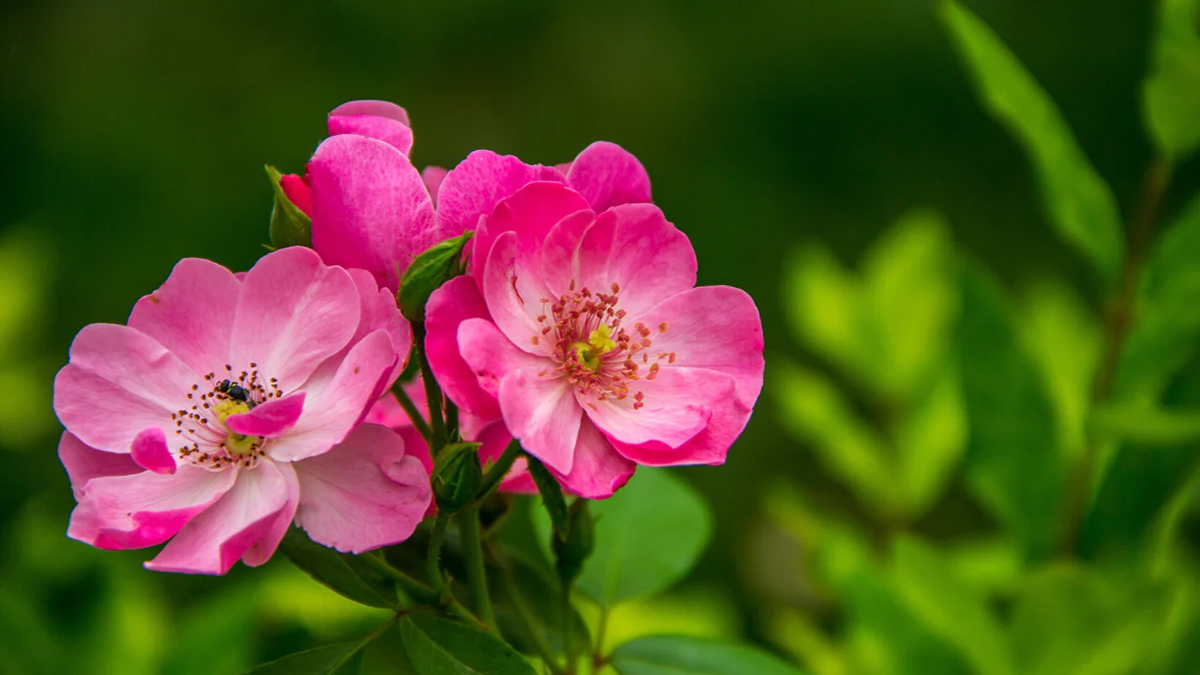
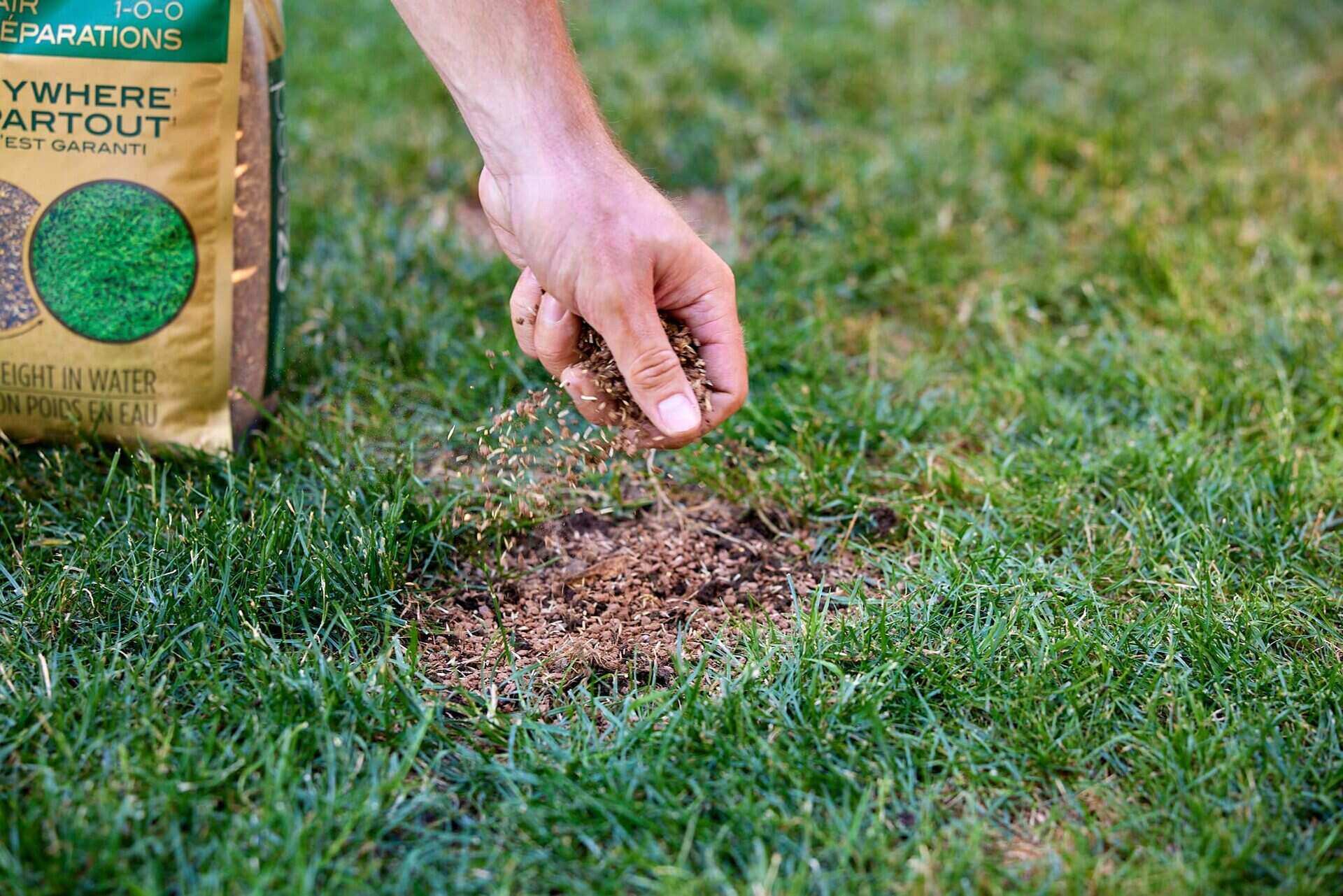
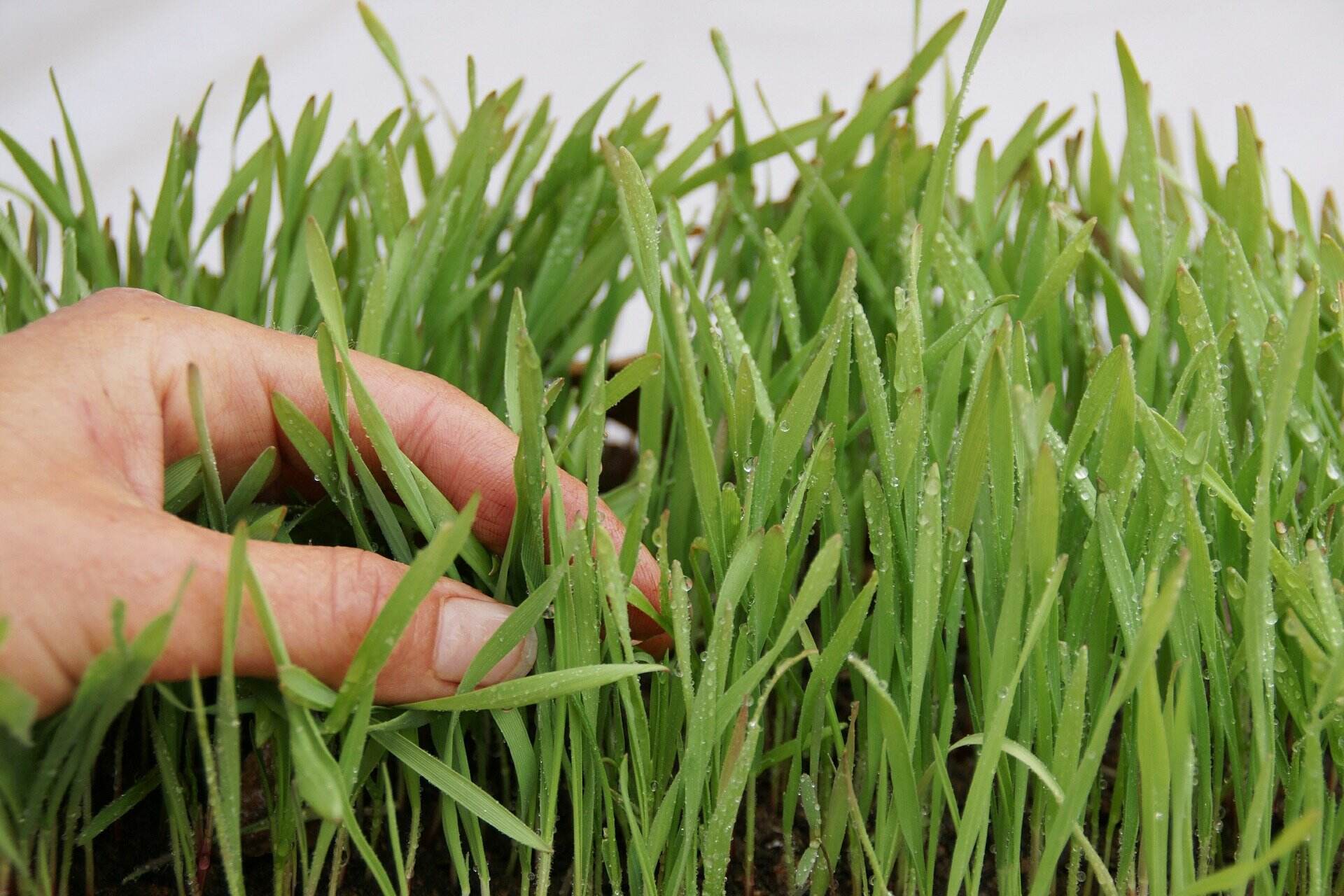
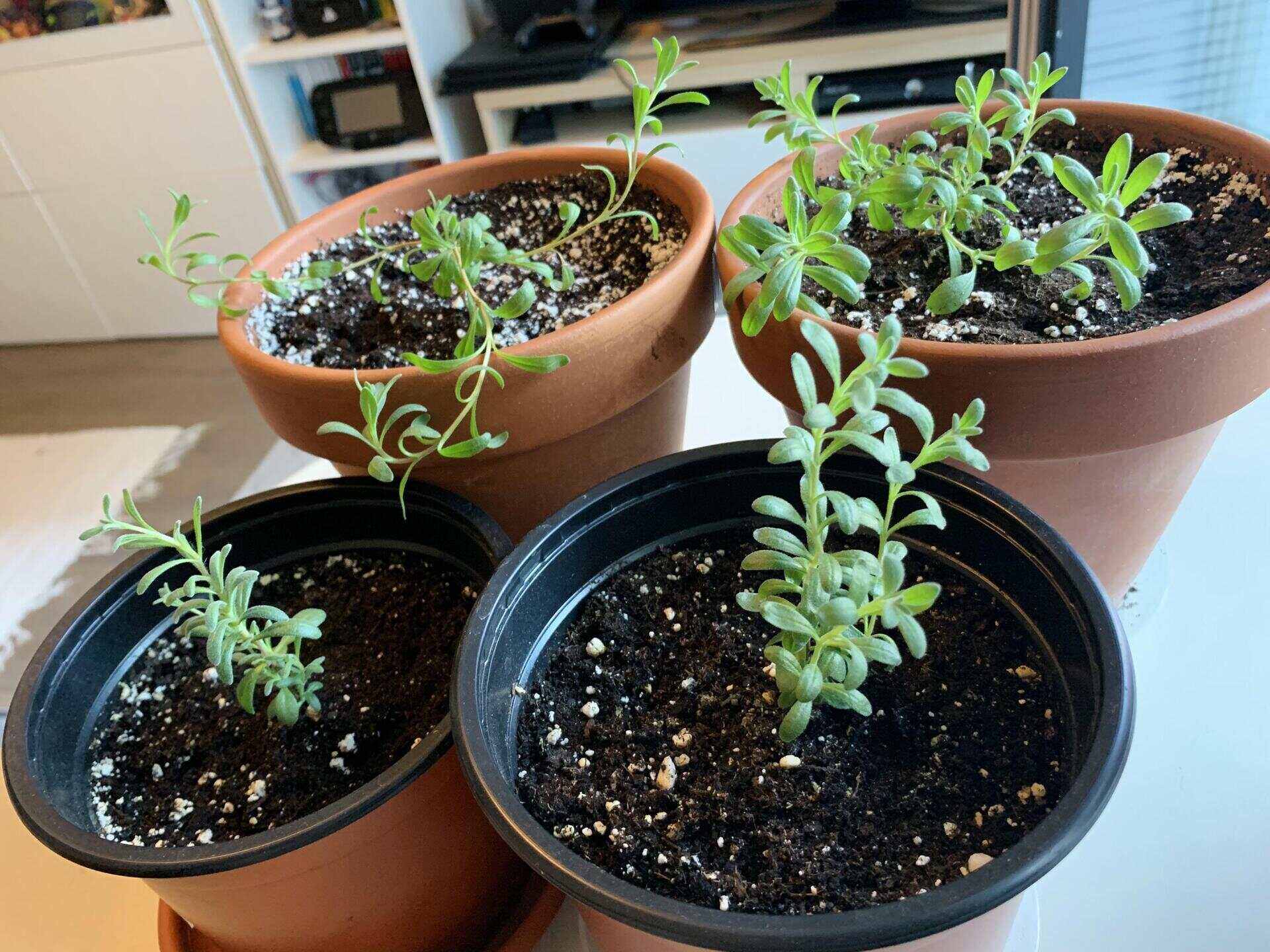
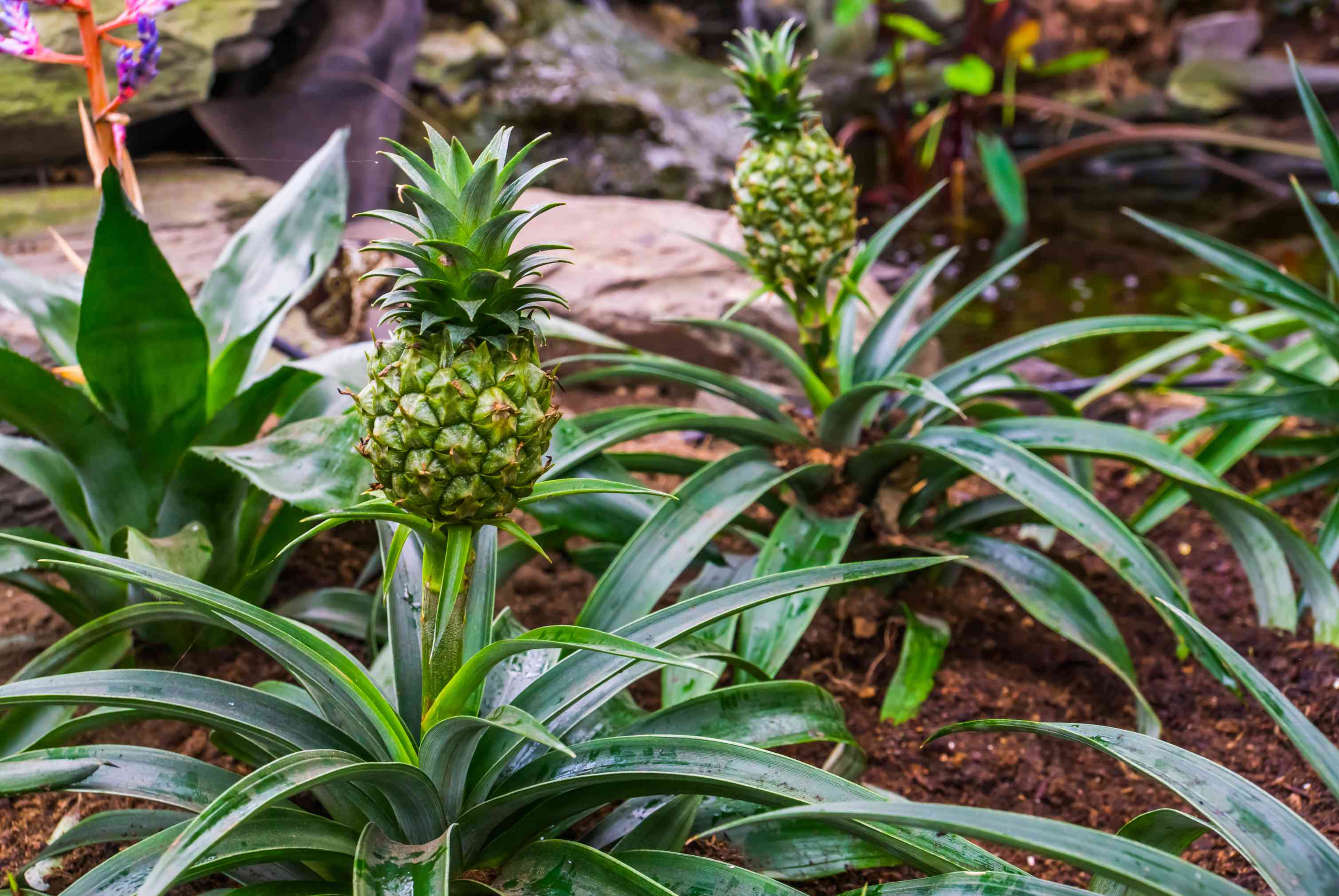
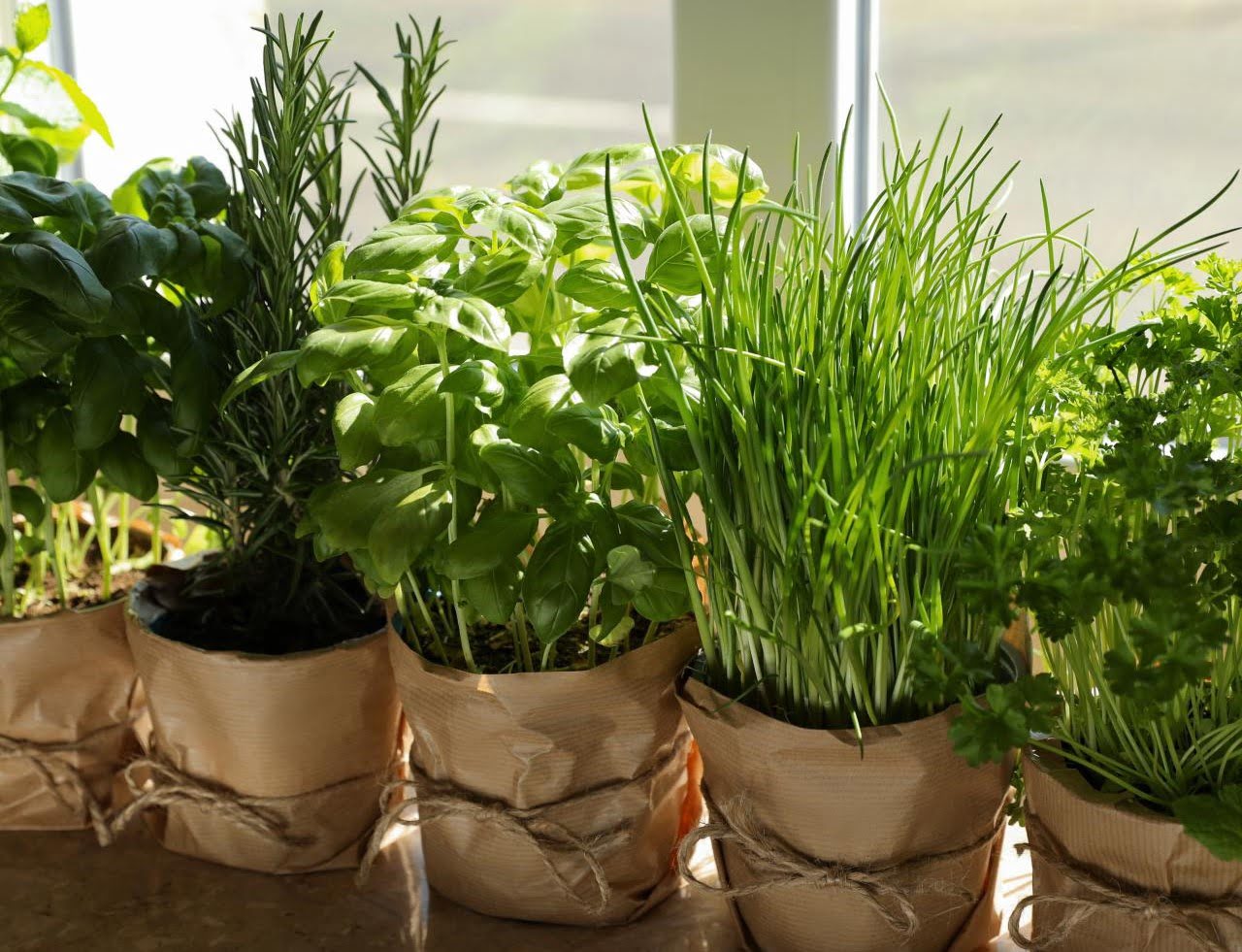
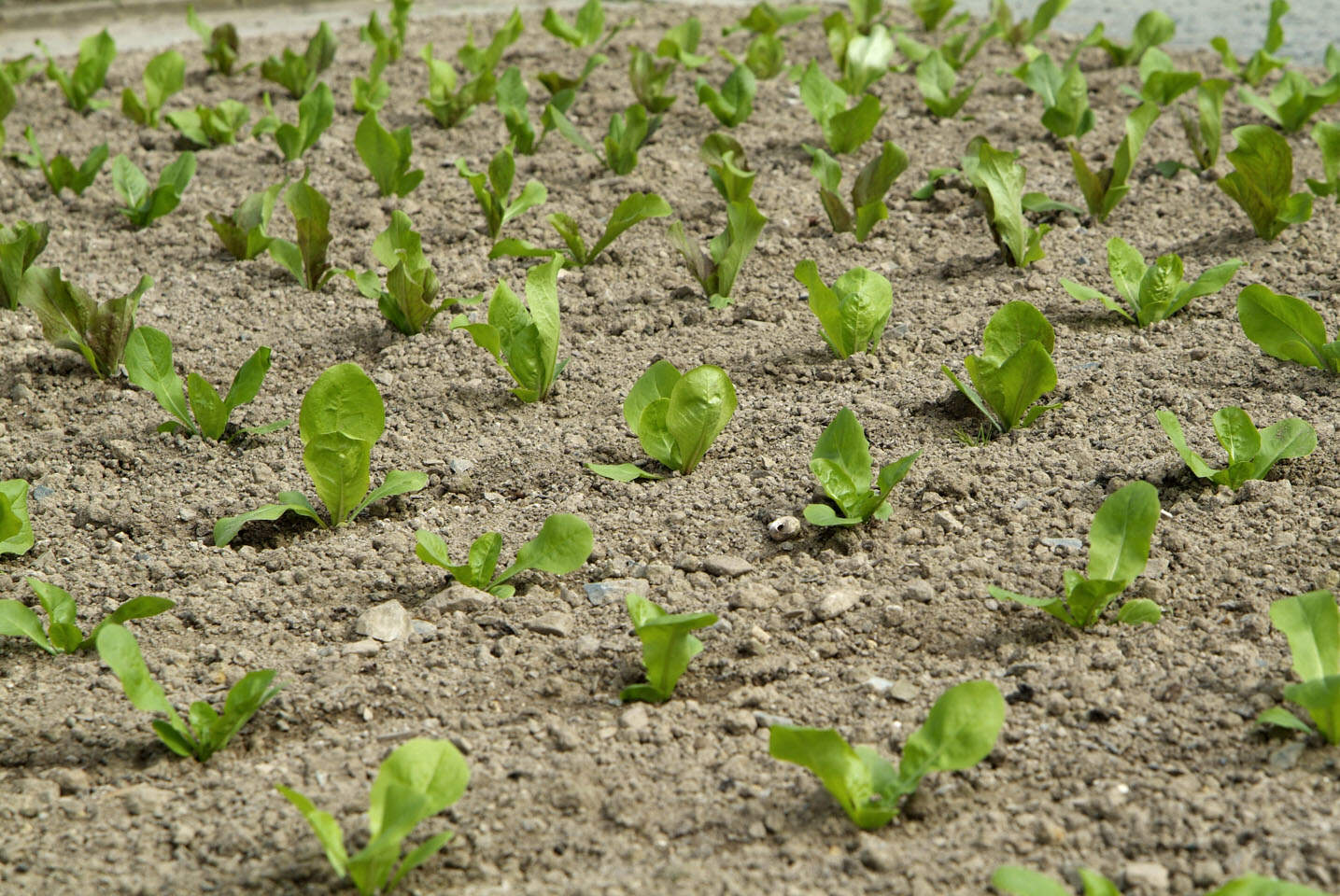
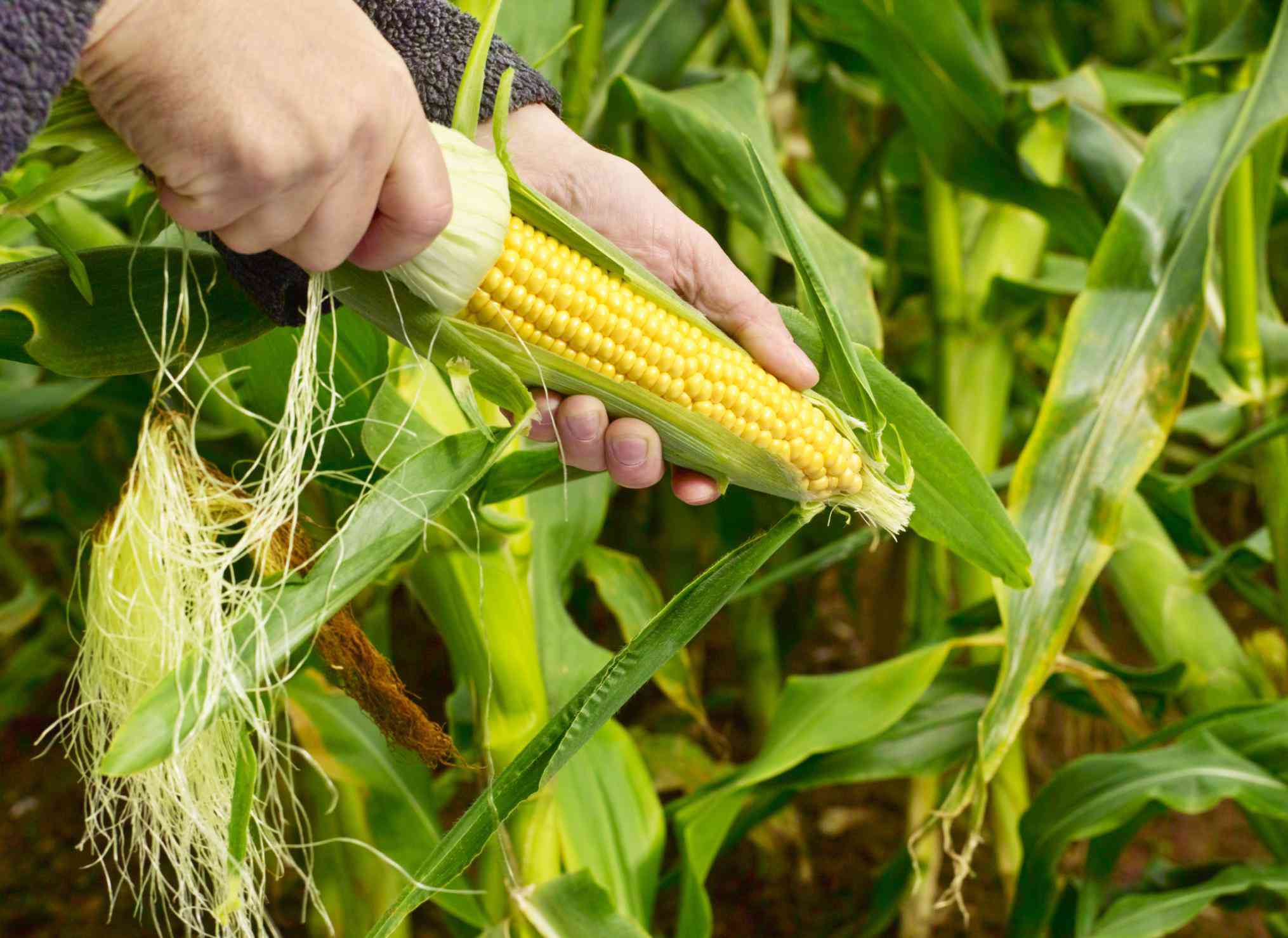
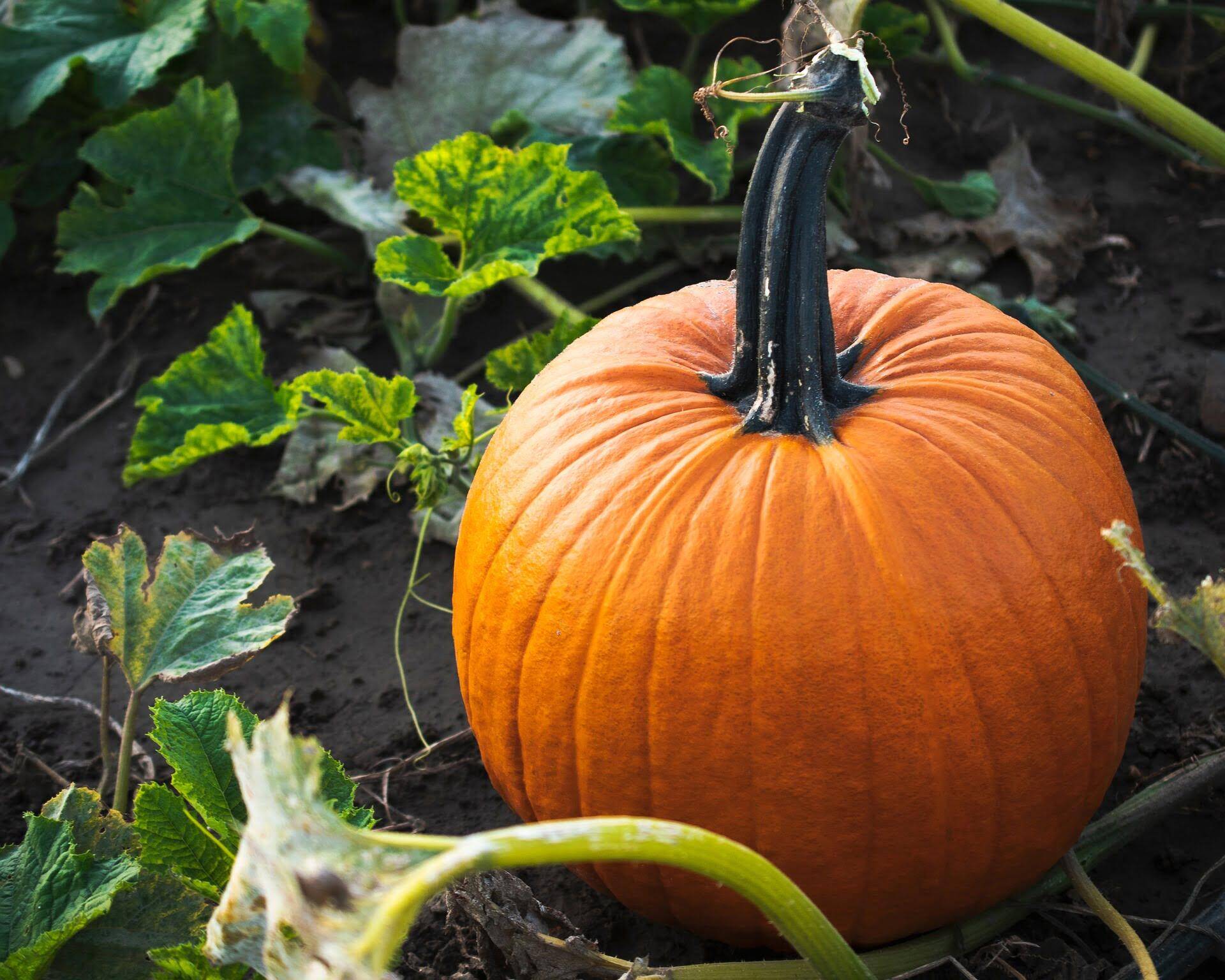
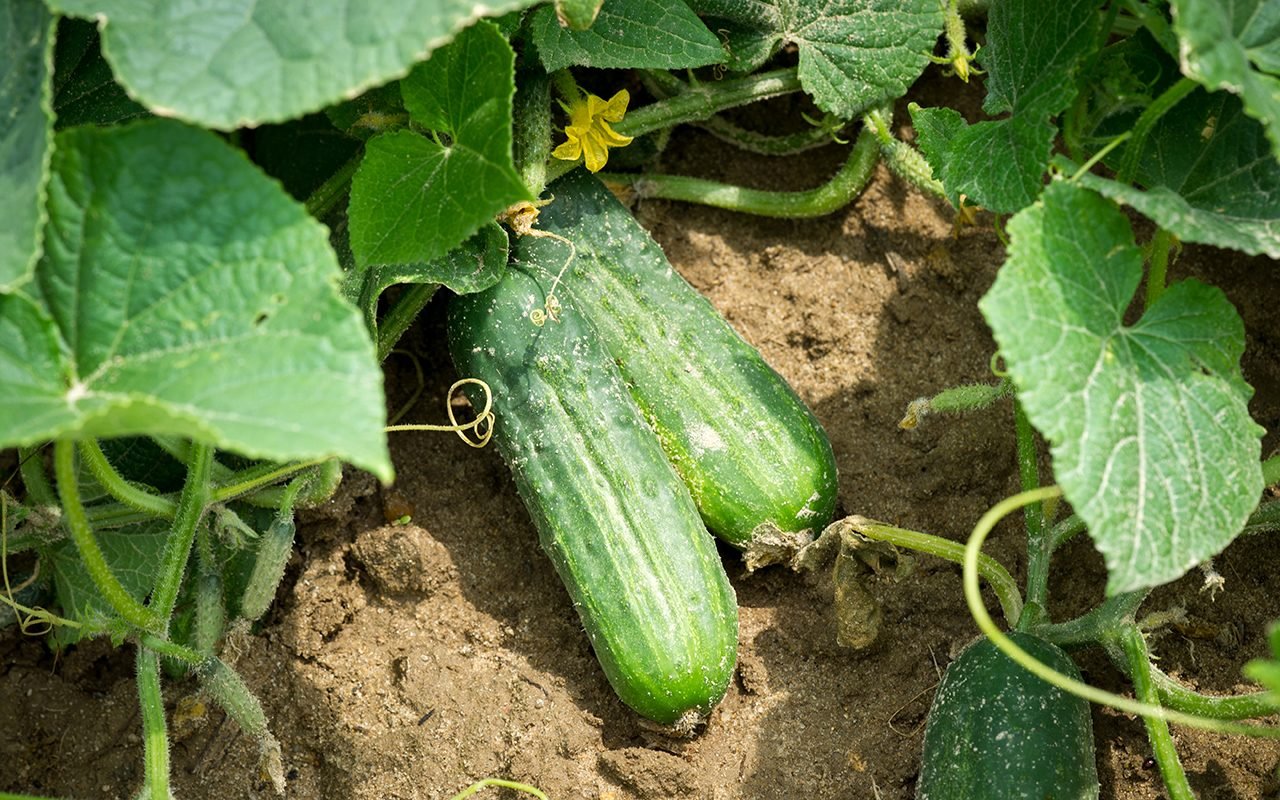
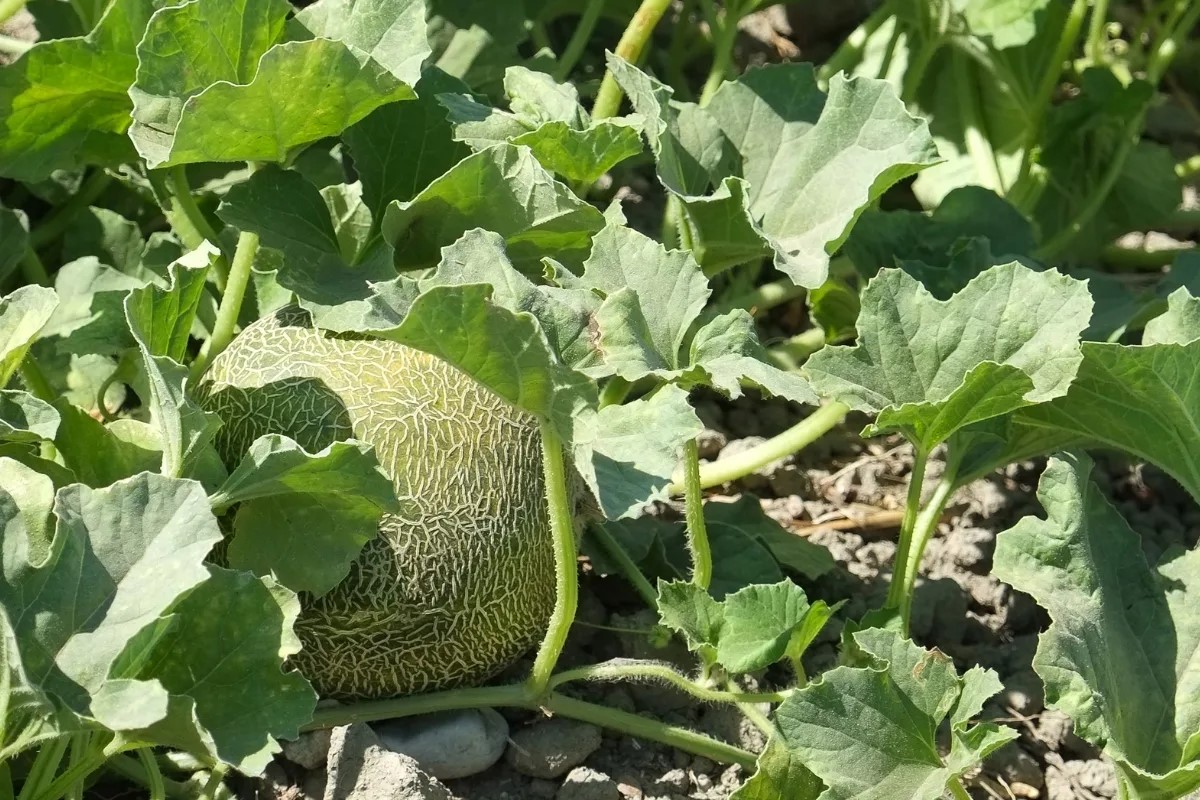
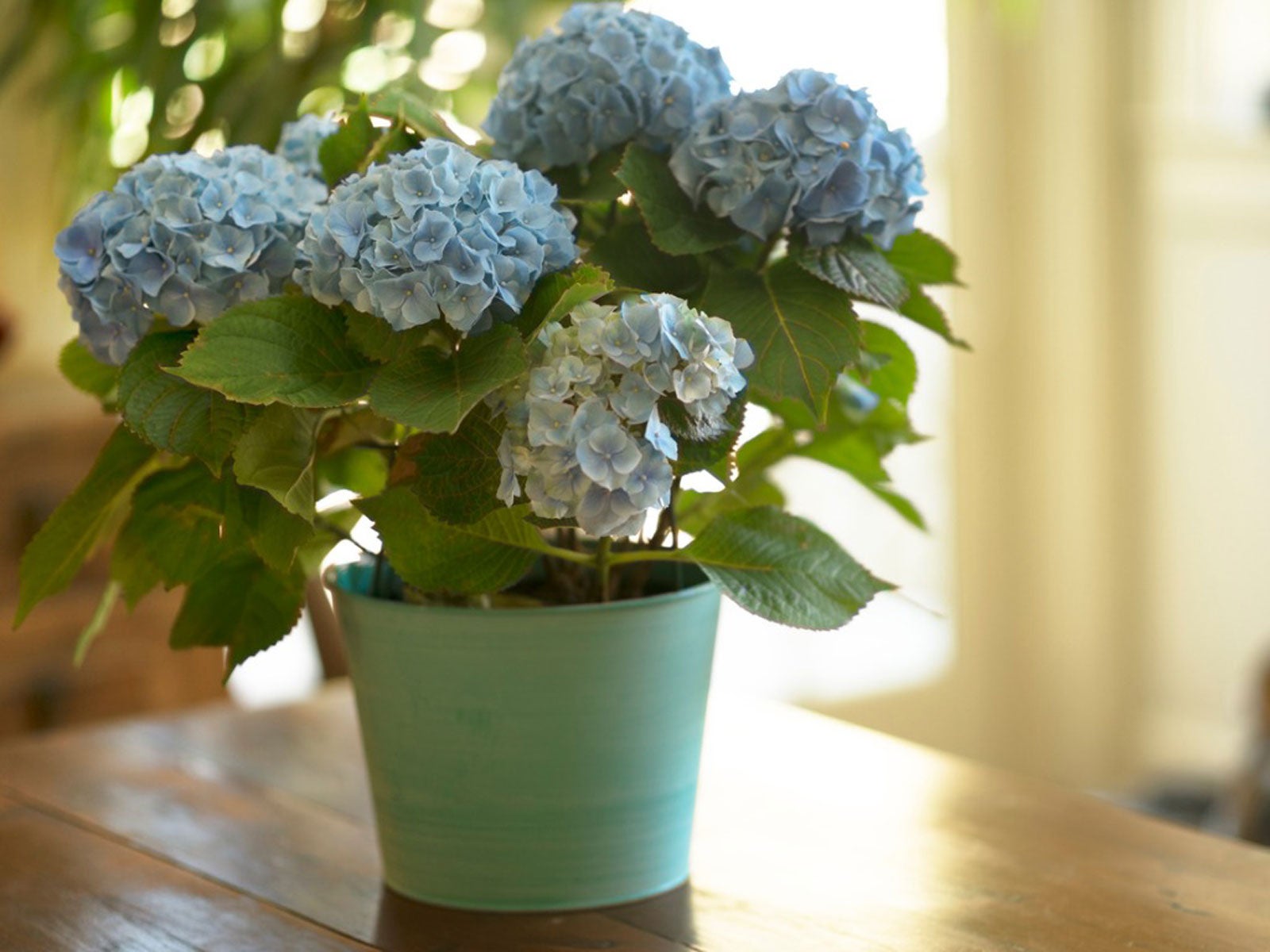
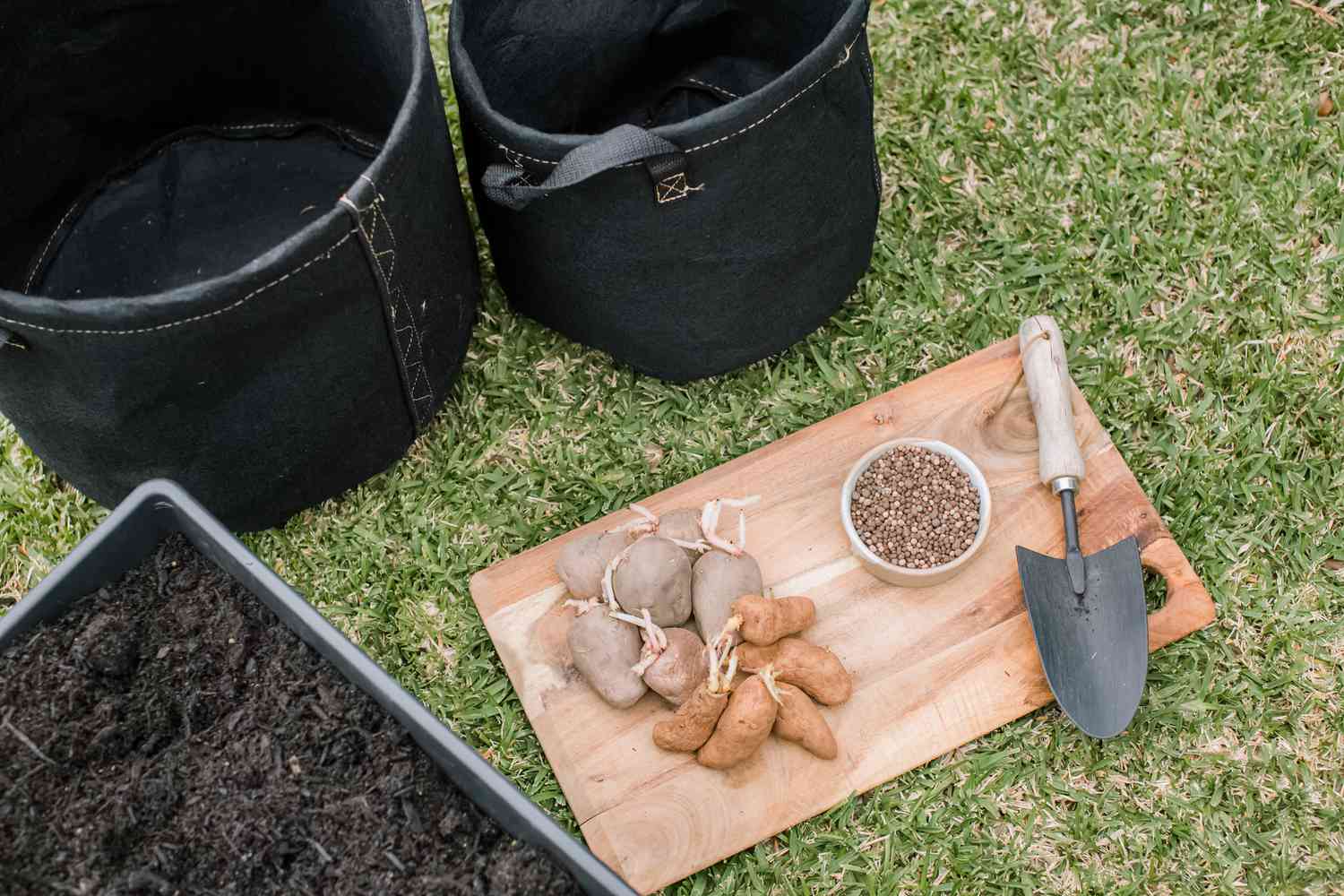
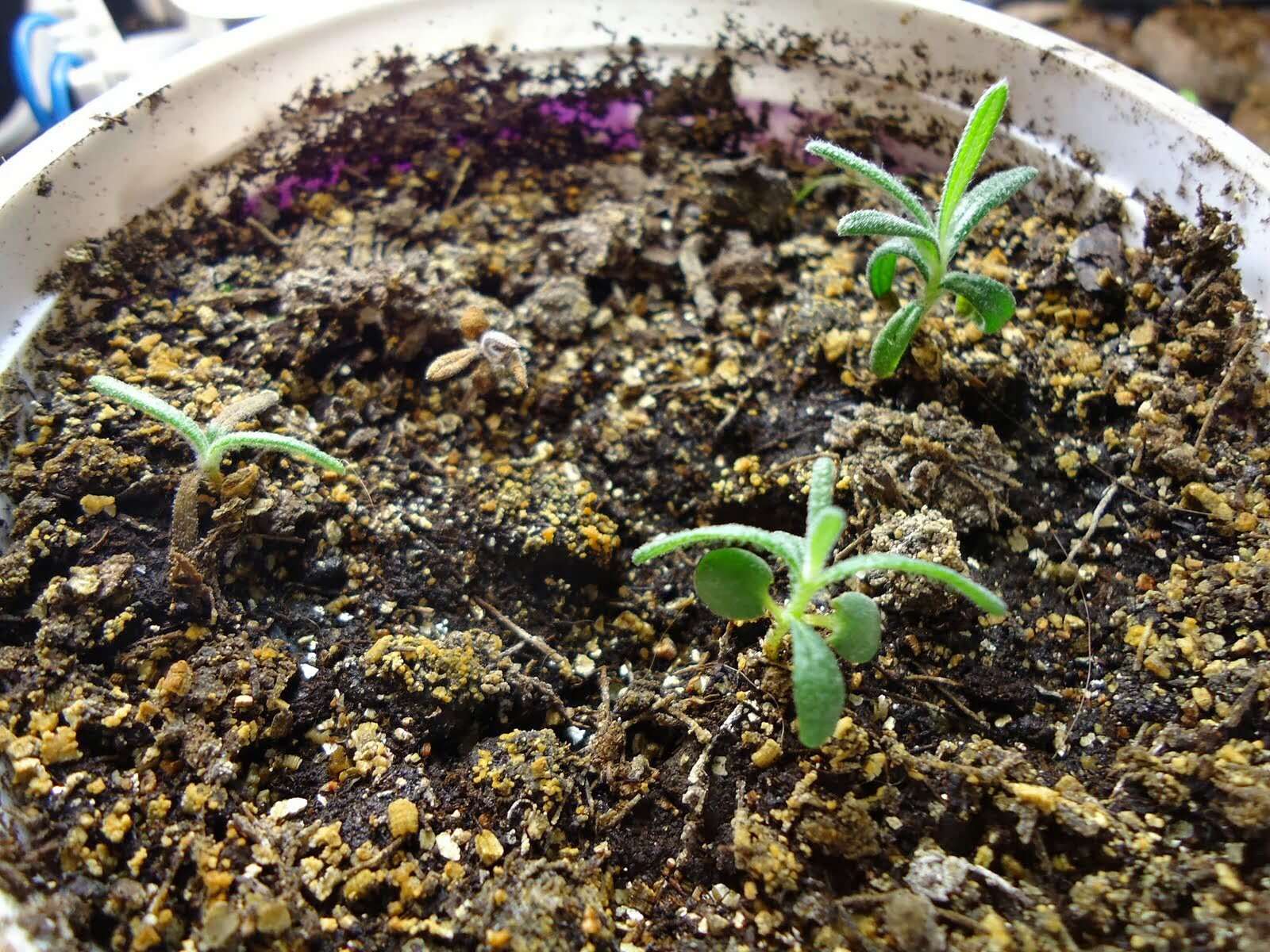
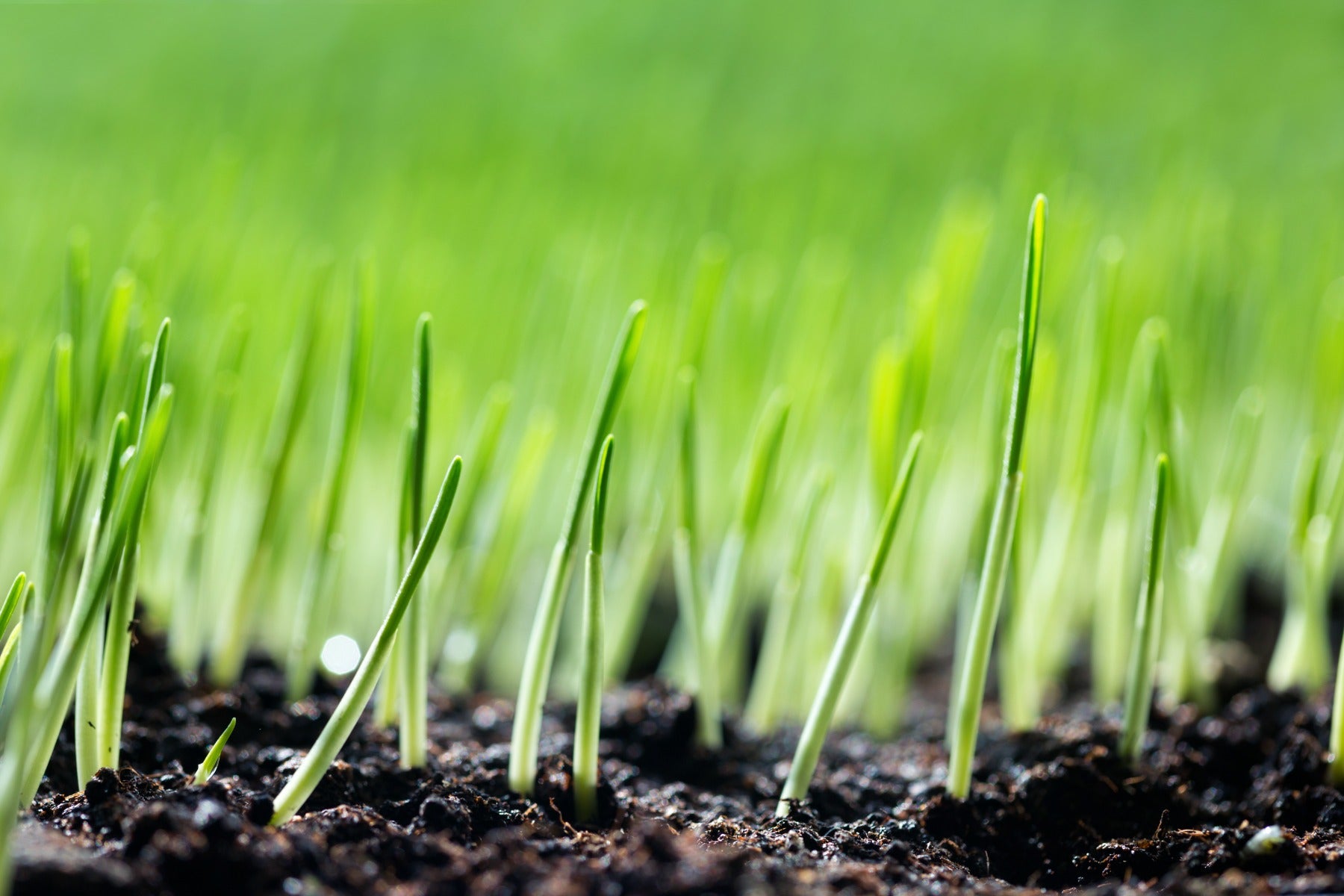

0 thoughts on “How Long For Wildflower Seeds To Grow”